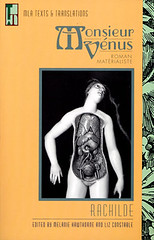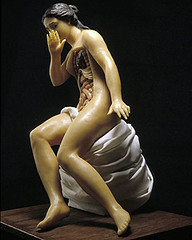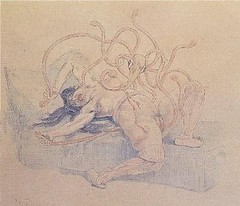Frontispiece by Fernand Khnopff for Joséphin Péladan’s Istar (1888)
Istar is a novel by Joséphin Péladan first published in 1888 with a frontispiece by Fernand Khnopff, depicting a woman, head thrown back in ecstasy and completely devoid of surrounding except for a phallic tentacled plant that grows toward her pubic area.
Eroticism 4/5, because of its “his hands were all over me” thematics first celebrated in icons #12 and 13.
Previous entries in Icons of Erotic Art here, and in a Wiki format here.










